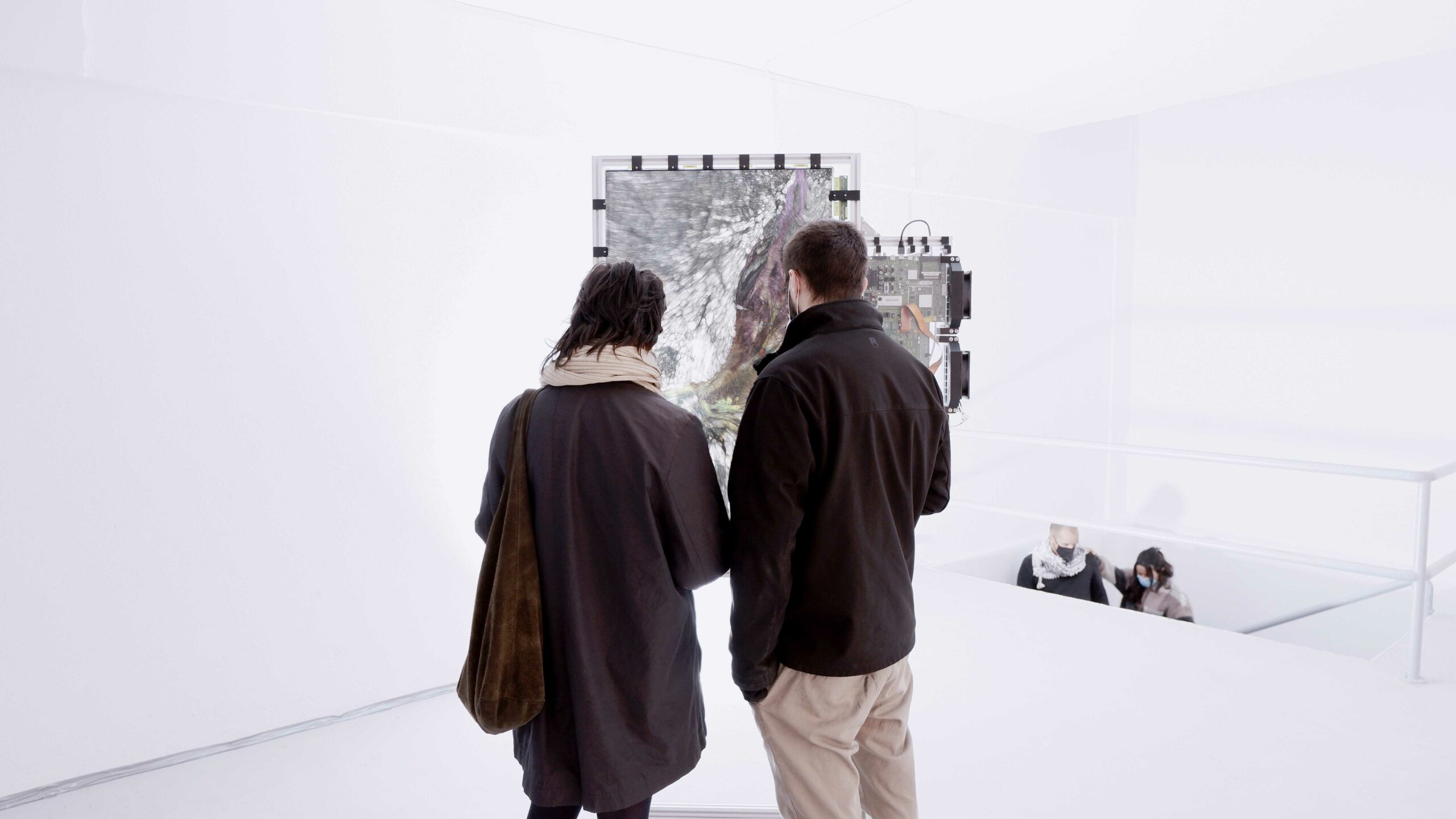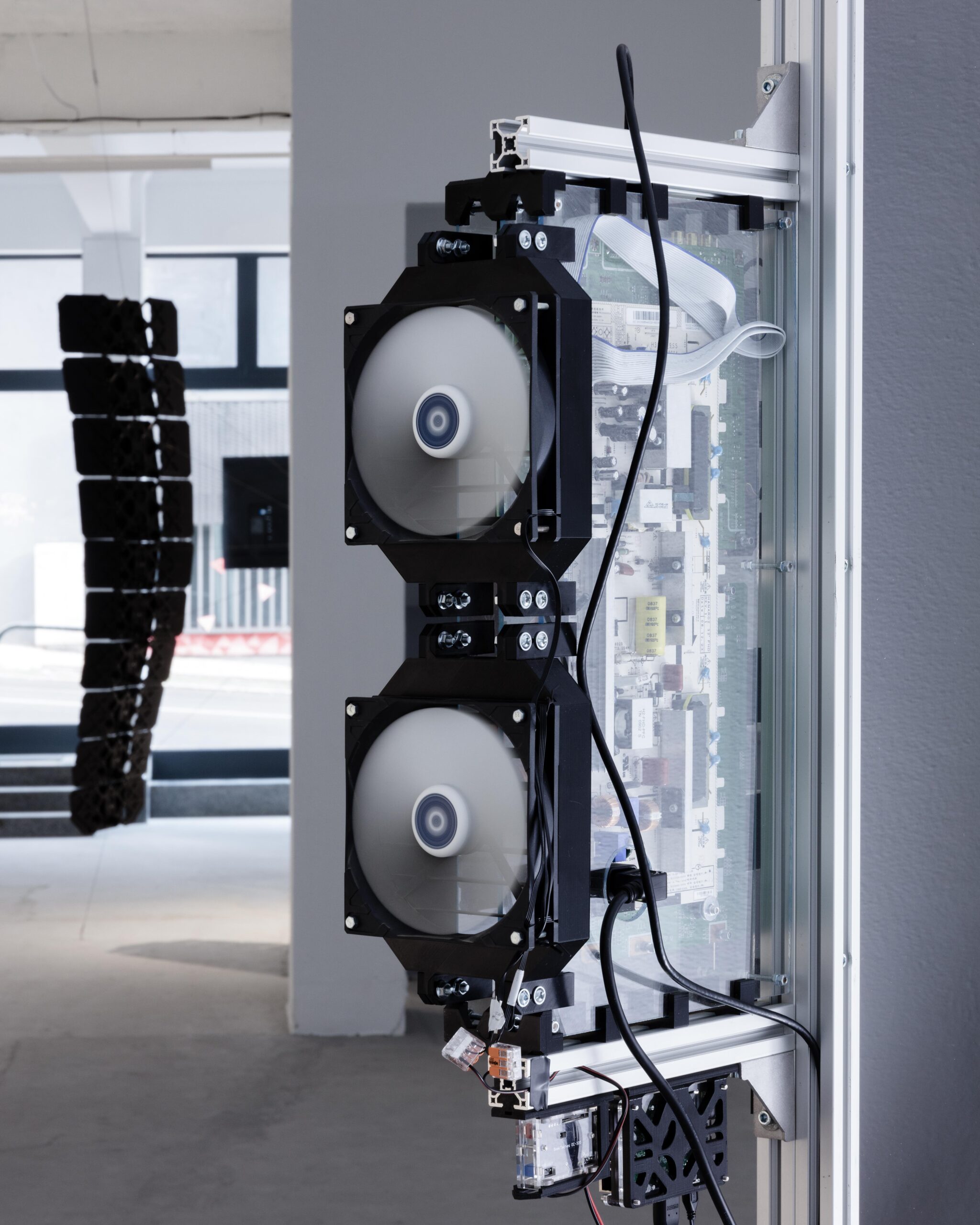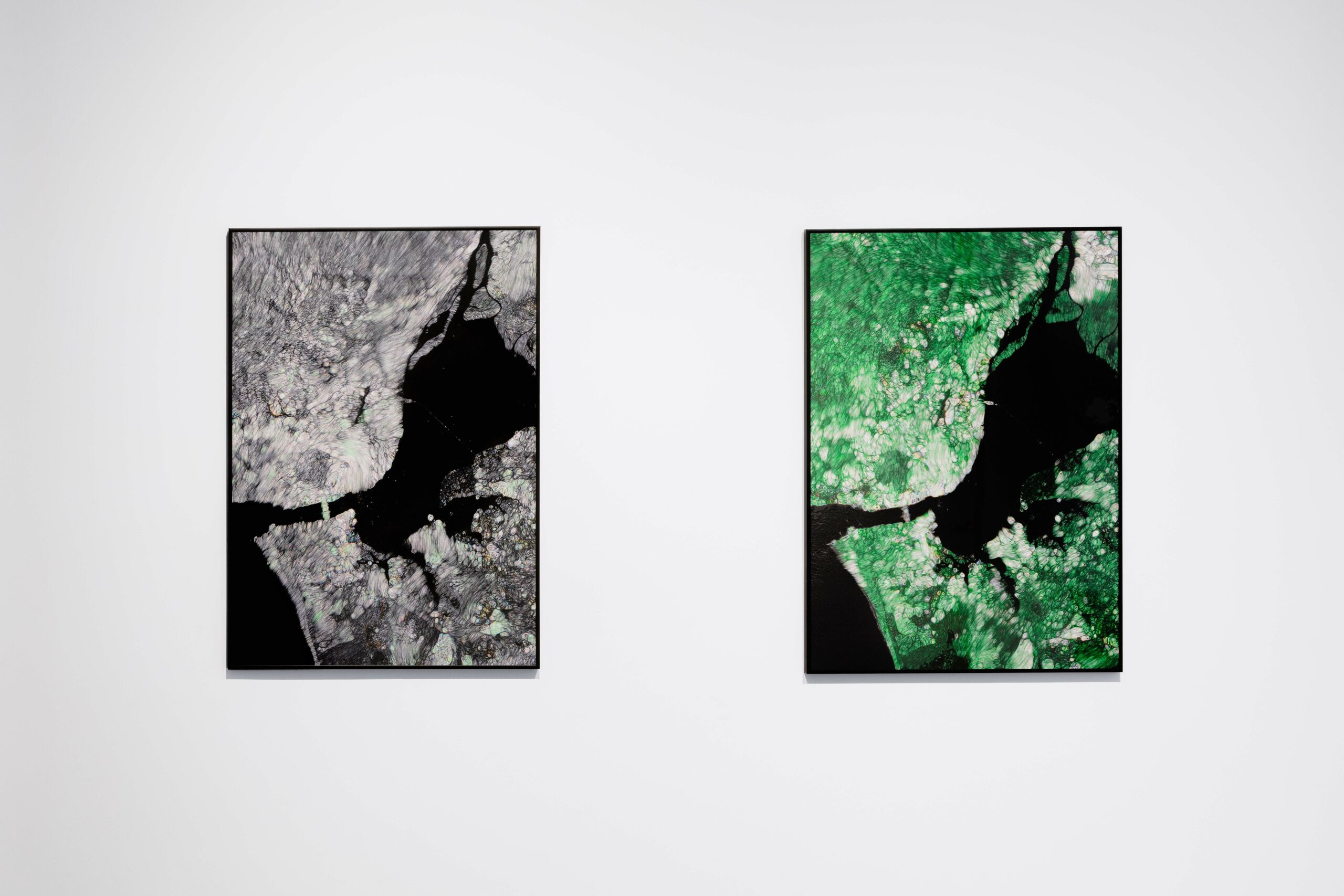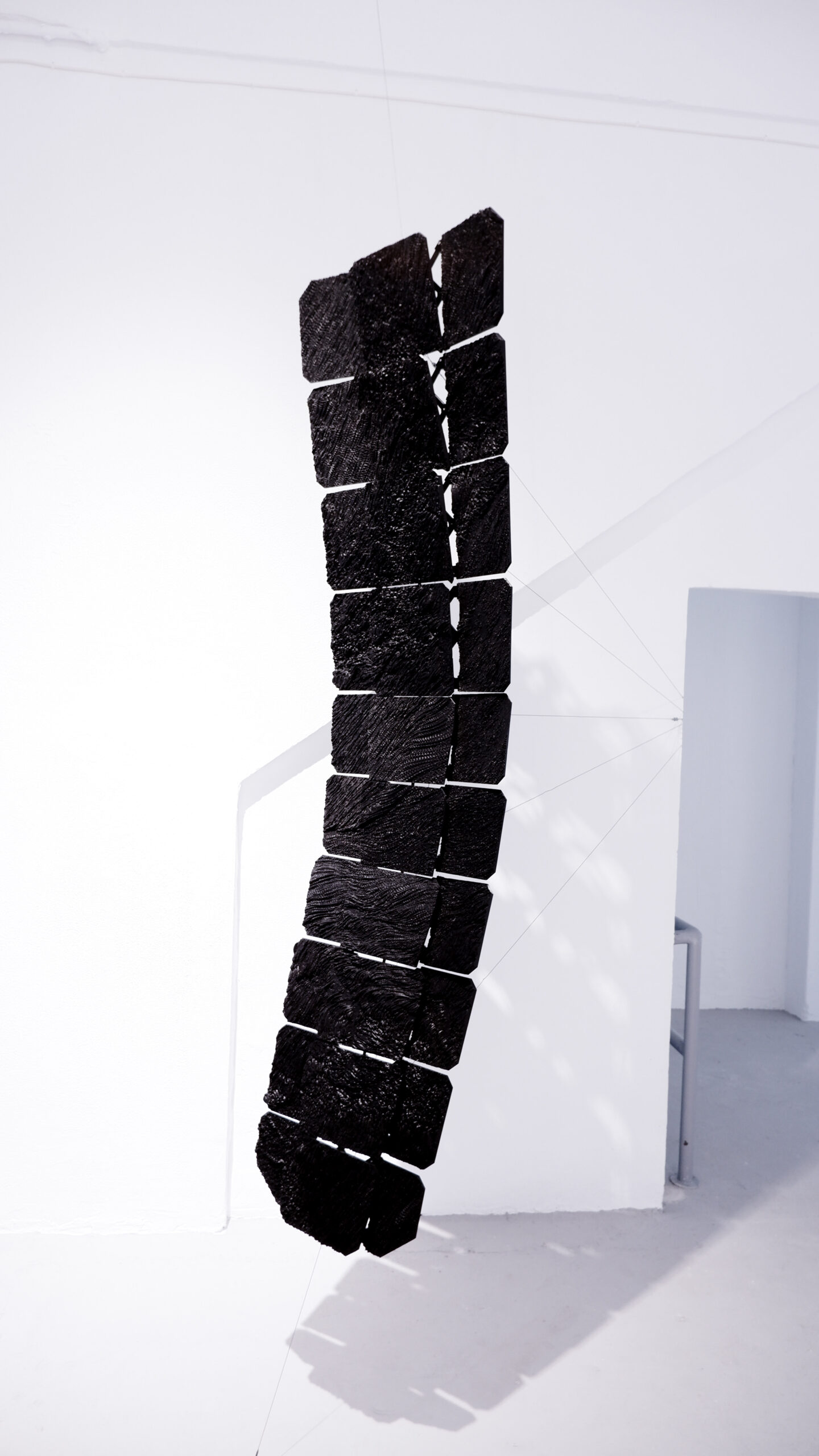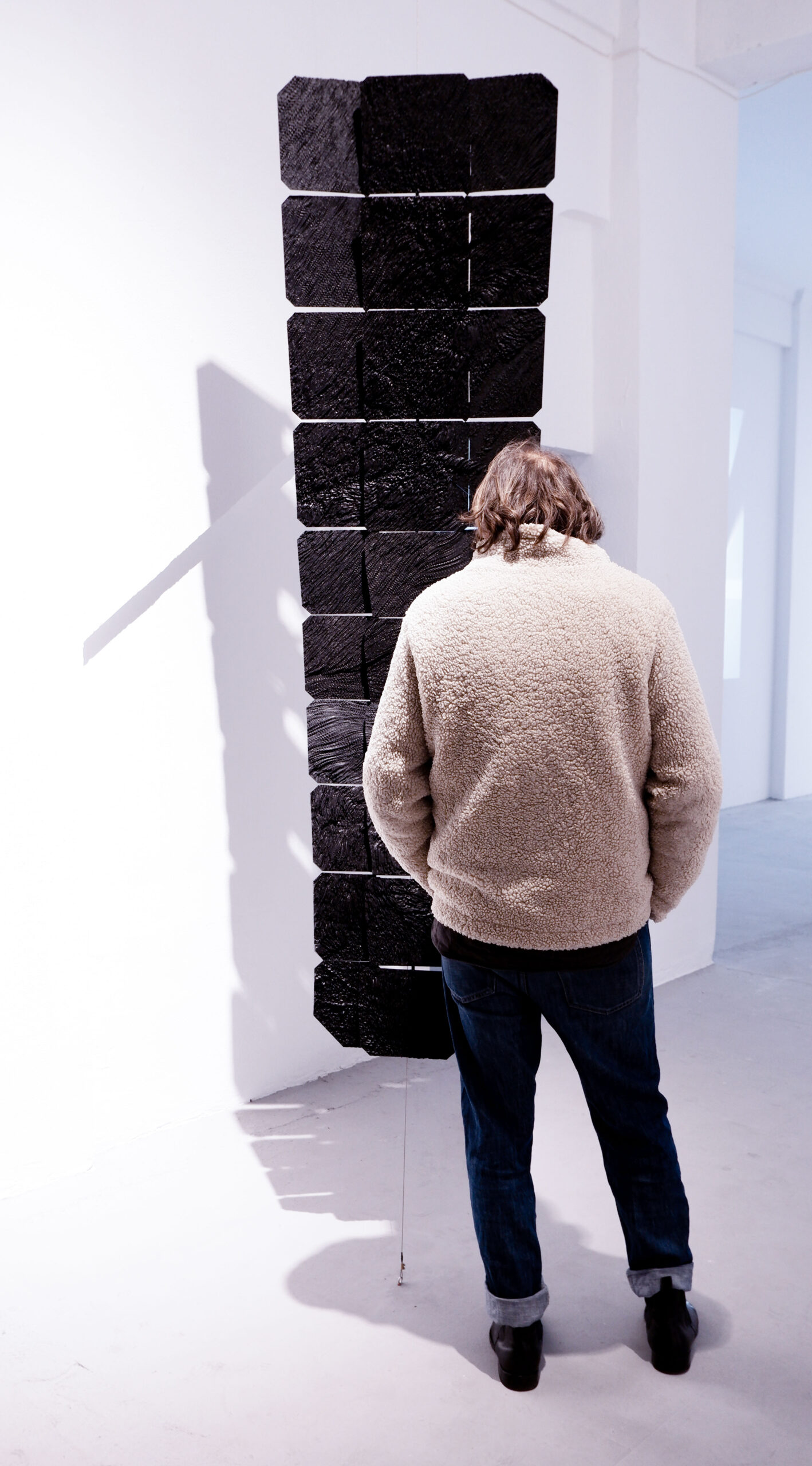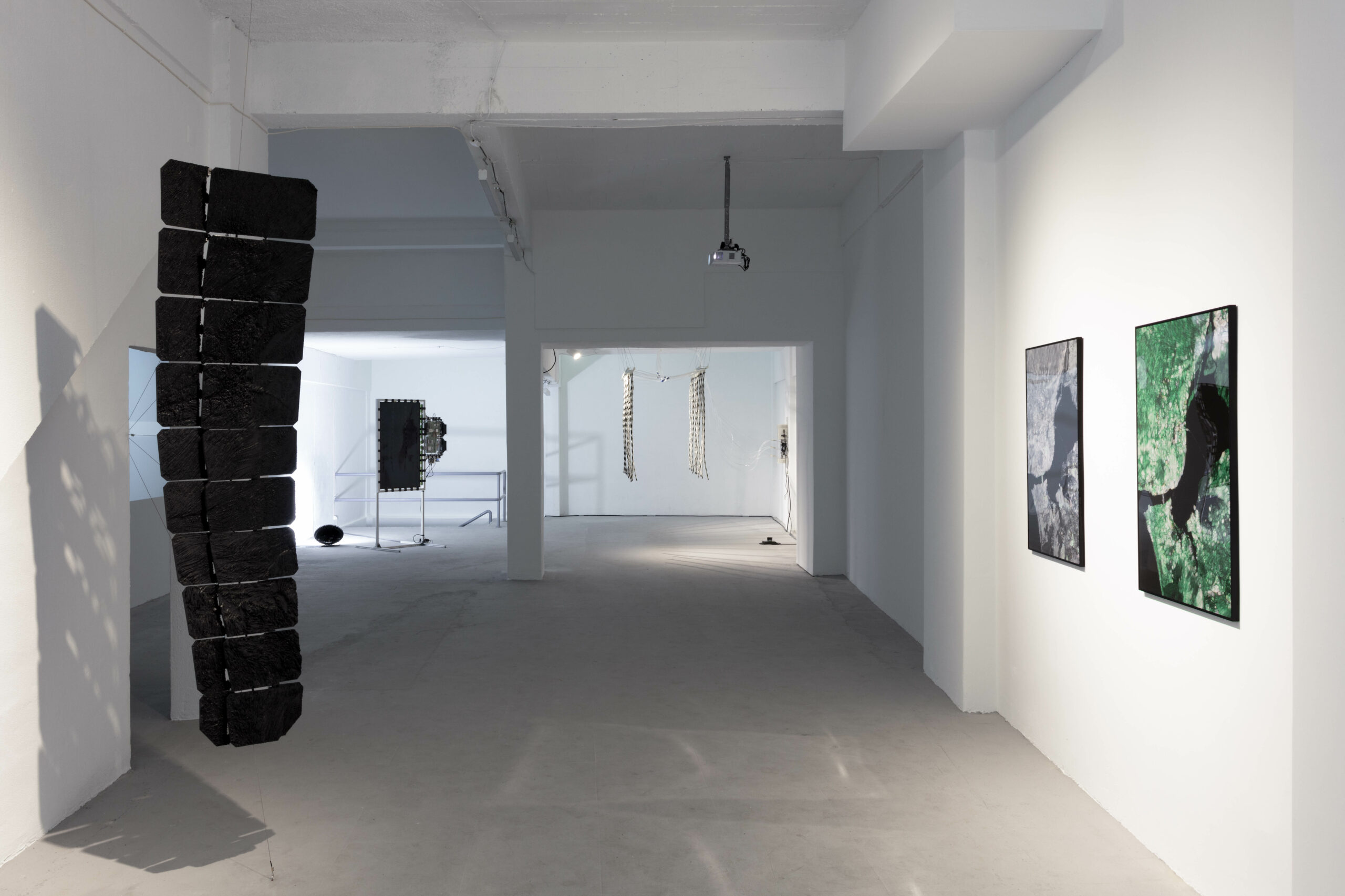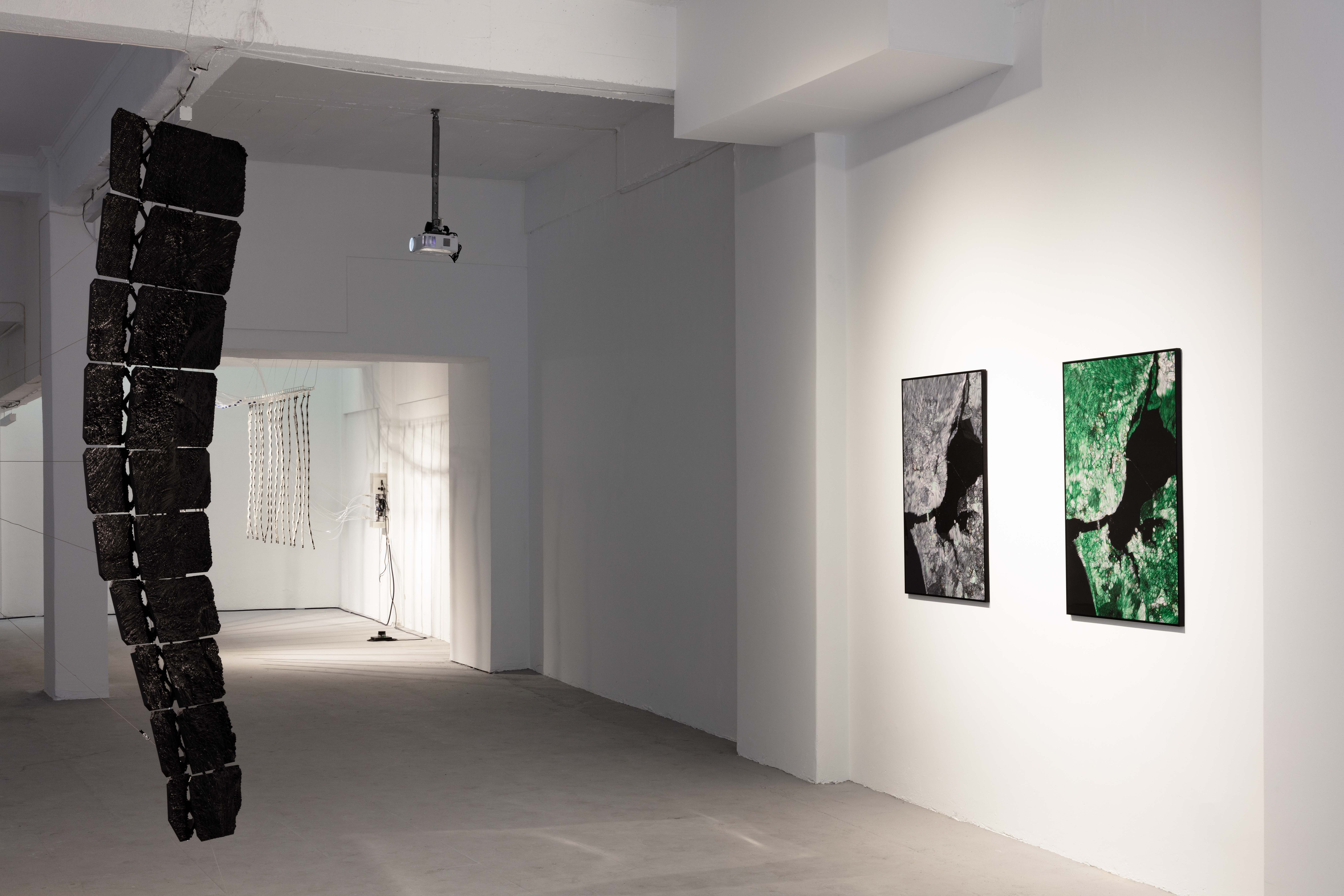
Magna Mutatio
Within the exhibition "Mechanics of Reality: Interplay between Art and Technology," we encounter works from the Magna Mutatio collection, which meticulously examine the transformation of selected territories over time. The fusion of art and technology here is key to understanding how our environment constantly evolves and changes. Utilizing satellite data and algorithmic processes, these works capture the changes in cities, landscapes, and water bodies, offering us a macroscopic view of the dynamics of our planet.
In the Artemis Gallery exhibition space, translucent panels, generative graphics, and 3D printed objects are presented, depicting changes in Lisbon, the capital of Portugal. This visualization of transformations in greenery, urban development, and water quality in the Tagus River mesmerized spectators, who witnessed six years of Lisbon's transformation in a single moment.
The Magna Mutatio works utilize datasets from the European Space Agency and the Copernicus program, which focuses on remote Earth observation. Thanks to satellite imagery and specialized algorithms, these changes are recorded and presented to viewers as artistic creations that simultaneously reflect the reality and dynamics of our planet.
In conjunction with the aforementioned collection of Magna Mutatio works, the "Mechanics of Reality" exhibition introduces us to artists who work with technology and art as a research field. Armin Keplinger, Diogo Gonçalves, Error-43, Ida Kvetny, Krystof Bruha, and Studio Above & Below show us through their works how closely intertwined art and science are in today's world.
In this exhibition, we encounter art that uses technology to open our eyes to predictable patterns of behavior in the world. Thanks to AR and VR technologies, the invisible becomes visible, and the environment gains a voice to express its essence. This exhibition is a place where nature, machines, and people converge, and where art and technology together explore the mechanisms of reality.


































